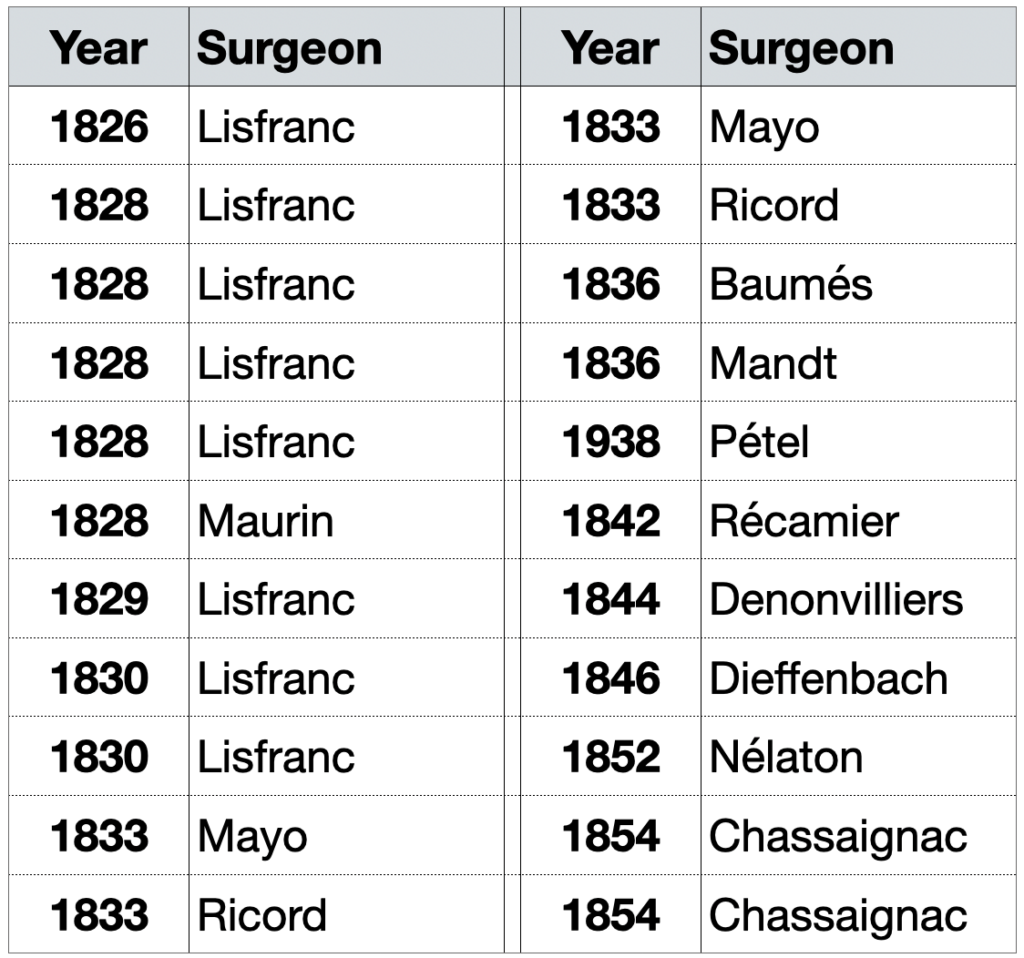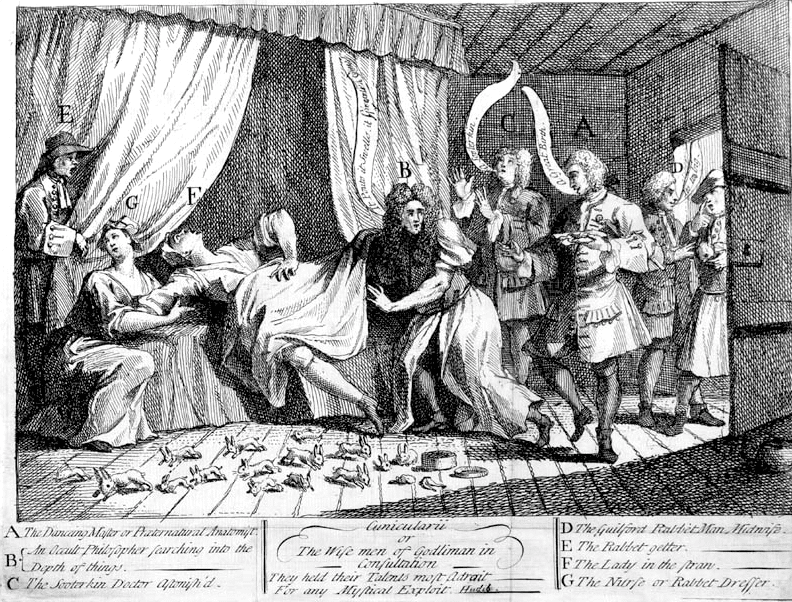Funtabulously Frivolous Friday Five 335
Just when you thought your brain could unwind on a Friday, you realise that it would rather be challenged with some good old fashioned medical trivia FFFF, introducing the Funtabulously Frivolous Friday Five 335
…but before I let your trivia starved neurons loose on the latest challenge – I must apologise.
Firstly…I’m sorry for the hiatus, or gaping void (depending on your position on the neurodiversity spectrum). Of course there are plenty of (valid) excuses, but you don’t want to hear them. On the plus side I’ve still be pouring over medical trivia and the sea of tabs on my computer needs to stop before the screen implodes. So we should be good to reach FFFF 500!
Secondly, there has been a lot of behind the scenes work on a couple new exciting projects including one on peak performance (soon to be released) and another…so fragile that I can’t even whisper the concept but will hopefully help place another cog in the medical education revolution.
So again, sorry… wait, what’s that?… Get on with it you say. What’s a few more sentences when you’ve been waiting 7 months?
Question 1
The parents of a well 5 day old present with the dependent redness on one side of her body.
What is the diagnosis?
Reveal the funtabulous answer
Harlequin colour change in the neonate.
Not to be confused with Harlequin Ichthyosis a rare autosomal recessive pattern resulting in thickened plaques of skin that can crack and split apart resulting in feeding and breathing issues.
Harlequin colour change is a transient phenomenon occurring in 10% of health newborns during days 2 to 5 of life. It usually occurs when the infant is placed on their side with the dependent half of the body going darker and the other half with pallor. It can take up to 20 minutes to fade. Some authors have postulated it is a temporary imbalance in the tone of the cutaneous blood vessels secondary to hypothalamic immaturity.
References
- Tang J, Bergman J and Lam JM. Harlequin colour change: unilateral erythema in a newborn. CMAJ 2010;182(17)E801
Question 2
Who said?
…intubation is apparently, but not really, a simple operation
Reveal the funtabulous answer
Joseph O’Dwyer (1841 – 1898), American physician
Described as the “father of laryngeal intubation in croup.” A modest and compassionate man, O’Dwyer devoted much of his life to battling laryngeal diphtheria among children in the New York Foundling Asylum.
Despite many failures and criticisms from the medical society, O’Dwyers’ dogged tenacity in his studies saw him pioneer many a method from which the groundwork of modern intensive care is built upon today.
O’Dwyer was also one of the earlier physicians to advocate for and recognise the value of the diphtheria anti-toxin.
His achievements include:
- The introduction and development of the O’Dwyer plain tube and a system for intralaryngeal intubation
- Treatment of chronic laryngeal stenosis in adults and diphtheritic asphyxia in children
- Development of an apparatus for ‘artificial respiration’ in collaboration with George Edward Fell (1849 – 1918) known as the Fell-O’Dwyer apparatus which;
- Provided a system for safe surgery and the answer to the great pneumothorax problem of intrathoracic surgery; an apparatus later modified by Vascular juggernaut Rudolph Matas (1860-1957)
Question 3
Who gets rusty pipe syndrome?
Reveal the funtabulous answer
Breast feeding women
The presence of blood in the breastmilk causes a rusty/brown colour. Its a self-limiting condition which shouldn’t deter the continuation of breast feeding, reassurance is all that is needed.
References
- Faridi MMA, Dewan P and Batra P. Rusty pipe syndrome: counselling a key intervention. Breastfeed Rev. 2013;21(3):27-30
Question 4
Who performed the first 5 transanal resections for low rectal carcinoma?
Reveal the funtabulous answer
Jacques Lisfranc de Saint-Martin (1787 – 1847) the infamous French Surgeon.
Not just known for the the Lisfranc joint/fracture/injury/amputation which he described in 1815. Lisfranc also founded a great number of surgical procedures including – surgical resection of the rectum in the treatment of rectal carcinoma (1826); lithotomy in women; and the amputation of the cervix uteri.
On March 24, 1830 Lisfranc presented to the Academy of Medicine his report on “excision of the lower part of the carcinomatous rectum“, an operation to remove up to 8 cm of the rectum. At the end of the report, published in 1833, Lisfranc indicates that he lost 3 out of 9 patients: two cases of local infection and one case of peritonitis verified by autopsy in subjects with already extensive cancers.
Lisfranc first performed successful excision of the rectum for uncomplicated cancer in 1826 at the Hôpital de la Pitié in Paris. He employed a perineal or posterior approach excising the infraperitoneal portion by pulling down and cutting a few centimetres of rectum.
Practiced after him by Velpeau, Chassaignac and Richet; perfected by Denonvilliers and Verneuil (with the resection of the coccyx); Lisfranc’s operation was the only one used for the next fifty years.

Question 5
Which physician was called upon to deliver and document the first birth of a live rabbit by a human?
Sir, I have brought the woman from Guilford to the Bagnio in Leicester-Fields. She has now a live rabbit in her, and I expect shortly a delivery; you will infinitely oblige me to deliver her yourself. Mr. Amiand is already here.
St André, November 29th 1726
Reveal the funtabulous answer
James Douglas (1675 – 1742)
The Scottish anatomist, obstetrician, botanist and bibliophile was revered as one of the most important anatomists of the eighteenth century anatomist. Remembered eponymously for his description of a peritoneal deflection, forming a space of clinical importance – the rectouterine peritoneal pouch (Pouch of Douglas)
Douglas was a skilled obstetrician and personal physician to members of the Royal family, and physician extraordinary to Queen Caroline.
The Curious Case of Mary Toft
In 1726, the court of King George I heard of the alleged birth of several rabbits to one Mary Toft (1703-1763) of Godalming, near Guildford, in Surrey. The 25 year old illiterate servant had miscarried in August 1726, but a month later still appeared to be pregnant and on September 27th, she went into labour delivering various animal parts.
The Guildford obstetrician John Howard was summoned. Over the next month he recorded the delivery of a rabbit’s head, the legs of a cat, and, in a single day, nine dead baby rabbits. Howard was astonished and sent letters to some of England’s greatest doctors and scientists and the King’s secretary, informing them of the miraculous births.
On November 15th, Nathaniel St. André, Swiss surgeon-anatomist to the King and Samuel Molyneux, secretary to the Prince of Wales arrived at Howard’s home in Guildford and were greeted with the news that Mary was in labour with her fifteenth rabbit.
Despite growing skepticism, seemed convinced that her case was genuine. He believed that these were indeed supernatural births taking rabbit specimens to show the King back to London and alerting Douglas, the eminent obstetrician of the case.
Sir, I have brought the woman from Guilford to the Bagnio in Leicester-Fields. She has now a live rabbit in her, and I expect shortly a delivery; you will infinitely oblige me to deliver her yourself. Mr. Amiand is already here.
St André, November 29th 1726
Douglas smelled a rat. He went to see her himself, to put an end to the nonsense. He examined her and declared her a fraud.
I am oblig’d to Sir Richard Manningham for the Justice he has done me in his Diary lately publish’d, by owning (p20), that when he talk’d to me of the Affair of Mary Tofts, I told him in a peremptory Manner, that it must be a Cheat; and likewise (p32) that I assisted him in persuading and preparing that unhappy Woman to make a Discovery of the Truth
Douglas, 1726: 1-2

William Hogarth’s satirical print pokes fun at the incompetence of the early 1700s medical profession. All the main characters in the Toft saga are featured, the doctors being shown as ignorant and credulous fools.

FFFF
Funtabulously Frivolous Friday Five
Dr Neil Long BMBS FACEM FRCEM FRCPC. Emergency Physician at Kelowna hospital, British Columbia. Loves the misery of alpine climbing and working in austere environments (namely tertiary trauma centres). Supporter of FOAMed, lifelong education and trying to find that elusive peak performance.


